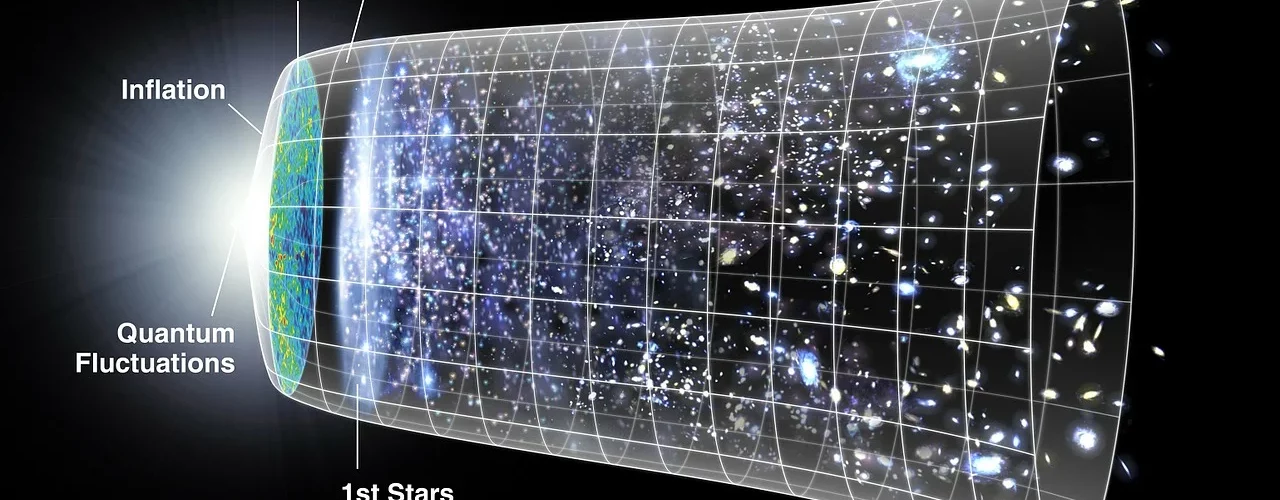Was the universe really that small at the Big Bang?

The Big Bang Theory is one of the most widely misunderstood scientific concepts. After all, trying to grasp the origins of the universe is no easy task. This confusion sometimes leads people to dismiss the theory as a wild idea from scientists.
Popular explanations often describe the universe starting out imaginably small and dense before expanding. However, this explanation can be misleading as we don’t actually know the true size of the entire universe. The universe could be finite in size, with an edge, or potentially wrapping around on itself like a game of pac-man, but it could also be infinite[1]! If the universe if infinite now, then it must have been infinite during the Big Bang – so how could it have been “unimaginably small”?
This confusion stems from the ambiguity of the term universe. The observable universe refers to the region of the universe that we can see. Since light takes time to travel, light from objects outside of the observable universe has not had time to reach us. What’s fascinating is that this means we are at the center of the observable universe. Even more intriguing, everyone is the centre of their own observable universe
The entire universe is likely much larger than this[2]. When people say the universe was incredibly small at the time of the Big Bang, they really mean the observable universe. From the time of the Big Bang, what is now our observable universe has since expanded, and in it has formed everything we can see[3].
What we do know is that the entire universe was once extremely dense, as there was much less space between objects. In fact, at a certain point, conditions were so extreme that our understanding of physics breaks down. This moment was calculated to have occurred around 13.7 billion years ago, commonly referred to as the age of the universe[4].
This is the crux of the Big Bang Theory: the universe was once hot and dense, then expanded and cooled over time. A key piece of evidence supporting this is the Cosmic Microwave Background. This is the afterglow of light emitted when the universe expanded enough for light to travel freely, detectable in any direction with a radio telescope pointed to the sky[5].
There are many scientific questions that the Big Bang Theory does not attempt to answer. For example, we still don’t know why the universe was in this hot, dense state in the past, or fully understand the nature of its continuous expansion[6]. Perhaps more fundamentally, what—if anything—came before the Big Bang?
[1] www.esa.int/Science_Exploration/Space_Science/Is_the_Universe_finite_or_infinite
[2] www.technologyreview.com/2011/02/01/197279/
[3] www.forbes.com/sites/startswithabang/2017/03/24/how-big-was-the-universe-at-the-moment-of-its-creation/
[4] medium.com/@bobert93/did-the-universe-evolve
[5] www.esa.int/Science_Exploration/Space_Science/Cosmic_Microwave_Background_CMB_radiation
[6] science.nasa.gov/dark-energy/
Edited by Daisy Lints
Copyedited by Bavishya Tata






